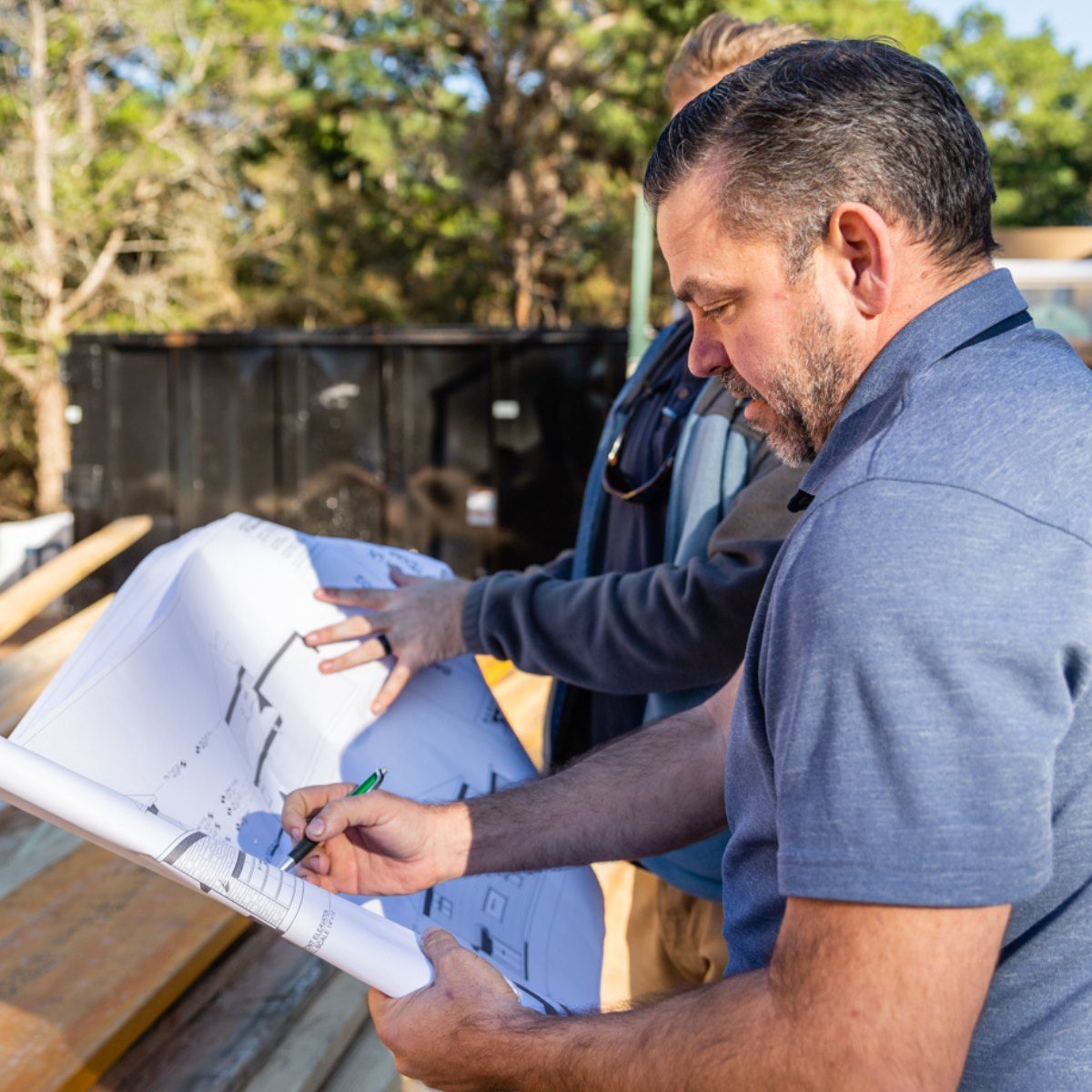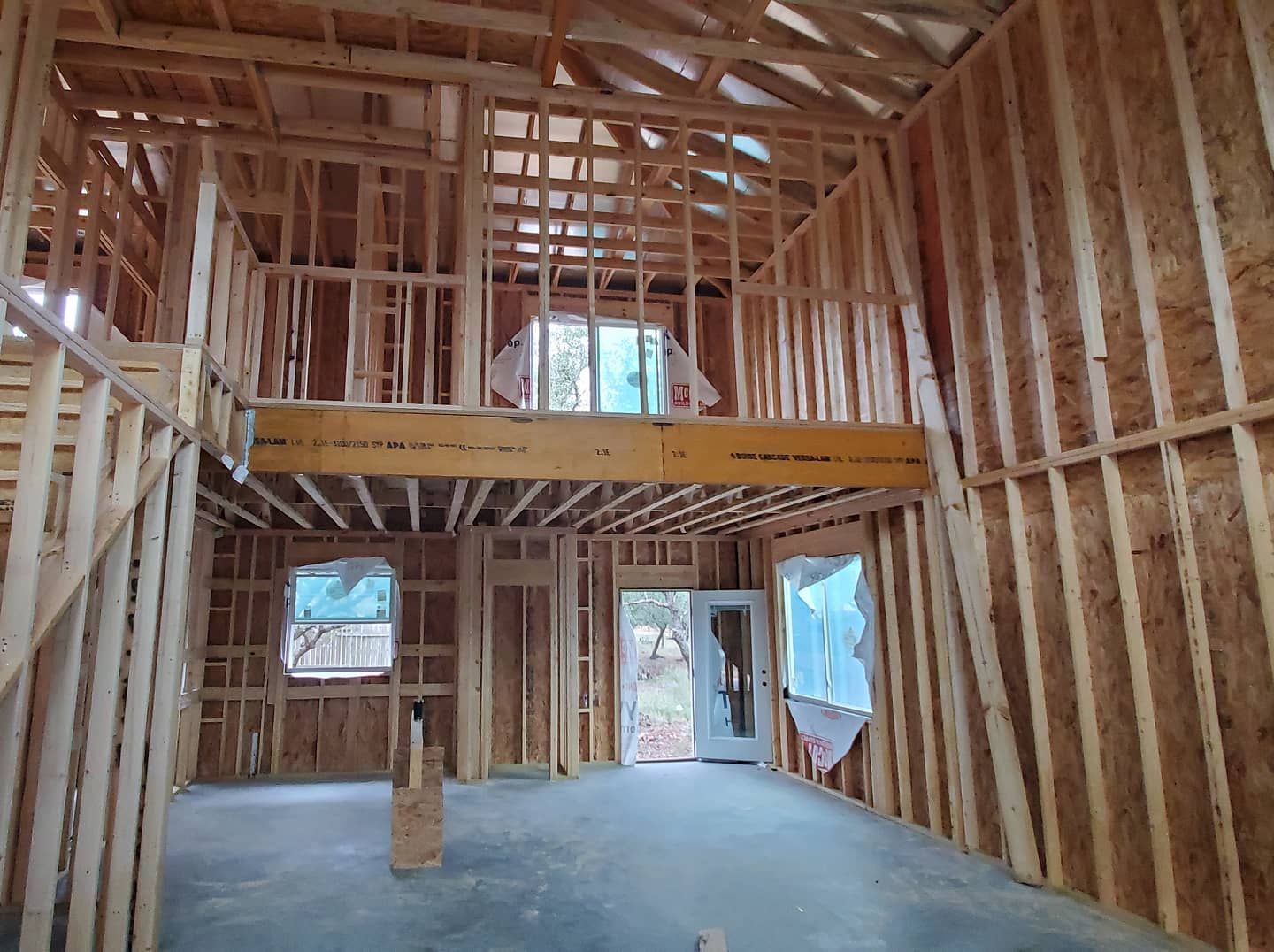Spring Renovation Checklist
Get Ready for Warmer Weather
Spring is a time of renewal and rejuvenation, not just for nature but also for our homes. As the days grow longer and the weather warms up, it's the perfect time to tackle those renovation projects you've been dreaming about all winter. Whether it's a minor refresh or a major overhaul, planning is key to a successful spring renovation.
At Five Mile Construction, we've helped countless homeowners bring their springtime visions to life. We know that a well-planned project not only runs more smoothly but also delivers the best results. To help you get started, we've created this comprehensive Spring Renovation Checklist. It's designed to guide you through the essential steps, ensuring your home is ready to shine in the warmer months ahead.
1. Assess and Prioritize:
Before you dive into any projects, take some time to assess your home's needs and prioritize your renovation goals.
- Walk Through Your Home: Inspect both the interior and exterior of your home, noting any areas that need attention or improvement. Look for signs of wear and tear, damage from winter weather, or areas that simply need a refresh.
- Create a Wish List: Jot down all the projects you'd like to tackle, big or small. This could include anything from painting a room to a full kitchen remodel.
- Prioritize Your Projects: Consider your budget, timeline, and the impact each project will have on your daily life. Rank your projects in order of importance, focusing on those that address immediate needs or will provide the greatest return on investment.
2. Exterior Projects: Curb Appeal and Protection
Spring is the perfect time to focus on your home's exterior.
- Roof Inspection: Have your roof inspected for any damage from winter weather, such as missing or damaged shingles, loose flashing, or damaged gutters. Address any issues promptly to prevent leaks and further damage.
- Gutter Cleaning and Repair: Clean out gutters and downspouts to ensure proper drainage. Inspect for any damage and make necessary repairs.
- Exterior Painting: Spring's mild temperatures are ideal for exterior painting. A fresh coat of paint can dramatically improve your home's curb appeal and protect it from the elements.
- Deck and Patio Maintenance: Clean, repair, and seal your deck or patio to prepare it for outdoor entertaining.
- Landscaping: Spruce up your landscaping by trimming trees and shrubs, planting flowers, and adding fresh mulch to garden beds.
- Window and Door Check: Inspect windows and doors for drafts, cracks, or damage. Repair or replace weather stripping and caulking as needed.
3. Interior Projects: Refresh and Revitalize
Spruce up your home's interior for a fresh, inviting feel.
- Spring Cleaning: A thorough spring cleaning is a great way to start any interior renovation project. Declutter, deep clean, and organize each room.
- Painting: A fresh coat of paint can instantly brighten and transform a room. Consider light, airy colors to enhance the feeling of springtime.
- Flooring Updates: Consider replacing worn or outdated flooring. Spring is a good time for this project, as you can often open windows for ventilation.
- Kitchen and Bathroom Refresh: Even small updates, like new hardware, faucets, or lighting fixtures, can make a big difference in these high-traffic areas. If you have the time and money, spring can be a great opportunity to do those full renovations you've been thinking about.
- HVAC Maintenance: Schedule a professional HVAC tune-up to ensure your air conditioning system is ready for the warmer months.
4. Plan Your Budget and Timeline:
Once you've prioritized your projects, it's time to develop a realistic budget and timeline.
- Get Quotes: Obtain multiple quotes from contractors for larger projects. Be sure to compare prices, services, and timelines carefully.
- Create a Budget: Allocate funds for each project, factoring in materials, labor, permits, and a contingency for unexpected expenses.
- Develop a Timeline: Establish a realistic timeline for each project, considering lead times for materials and contractor availability.
5. Hire Professionals:
For larger or more complex projects, it's essential to hire qualified professionals.
- Research Contractors: Seek recommendations, read online reviews, and verify licenses and insurance.
- Interview and Get Bids: Interview potential contractors and obtain detailed bids for your project.
- Check References: Always check references from past clients before making a hiring decision.
6. Obtain Necessary Permits:
- Check Local Regulations: Before starting any significant renovation, check with your local building department to determine which permits are required.
- Permit Application: Work with your contractor to prepare and submit the necessary permit applications. At Five Mile Construction, we handle the permit process for our clients, ensuring everything is in order.
7. Prepare Your Home:
Before work begins, take steps to prepare your home for the renovation.
- Clear the Work Area: Remove furniture, valuables, and any obstructions from the areas where work will be performed.
- Protect Belongings: Cover furniture and floors with drop cloths or plastic sheeting to protect them from dust and debris.
- Communicate with Your Contractor: Establish clear communication channels with your contractor and discuss the project schedule, access to your home, and any other important details.
Five Mile Construction: Your Spring Renovation Partner
At Five Mile Construction, we're ready to help you tackle your spring renovation projects, big or small. Our experienced team will guide you through every step of the process, from initial planning to final completion. We're committed to delivering exceptional craftsmanship, transparent communication, and a stress-free renovation experience.
Contact us today to discuss your spring renovation plans and let us help you bring your vision to life. Let's make your home shine this spring!


